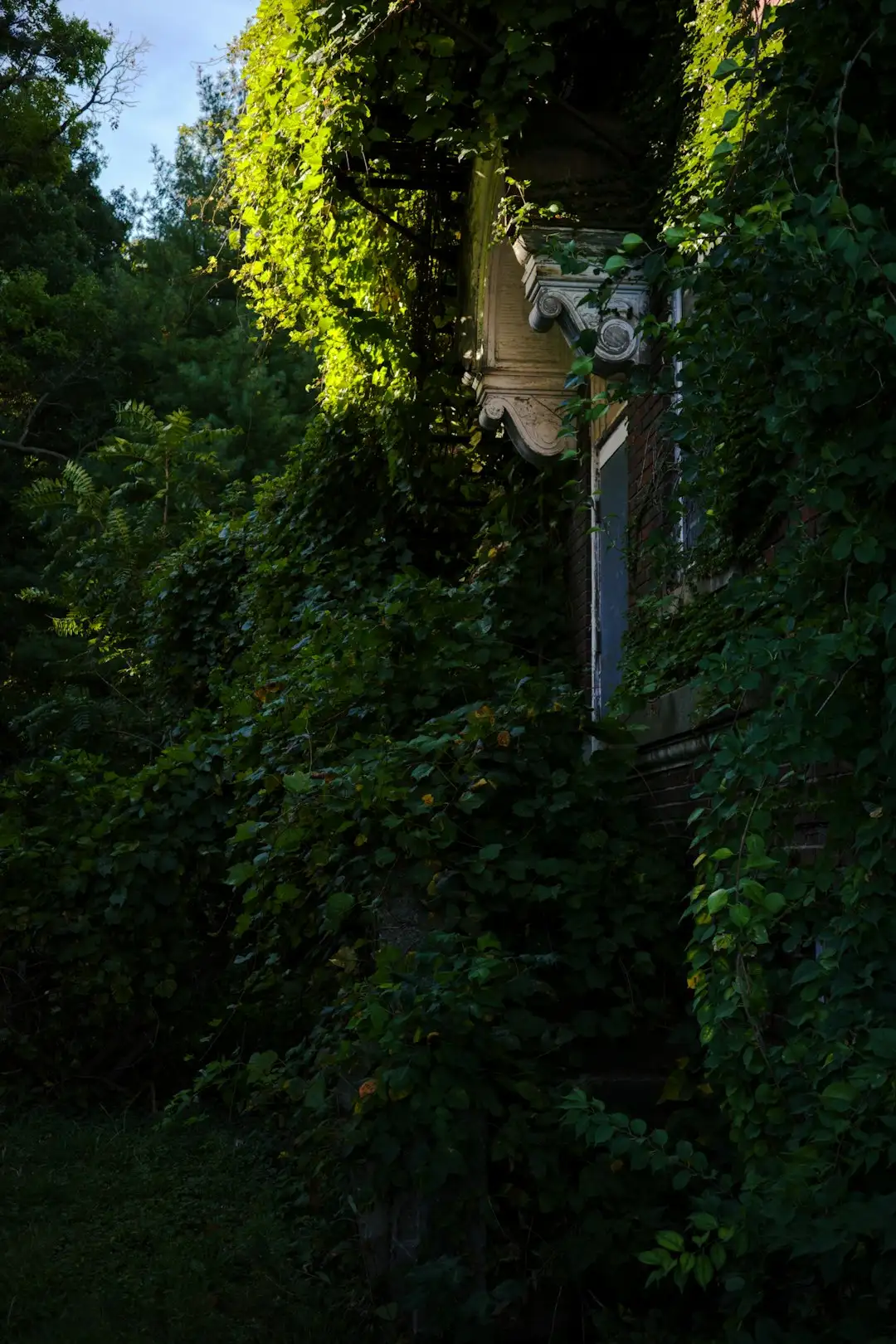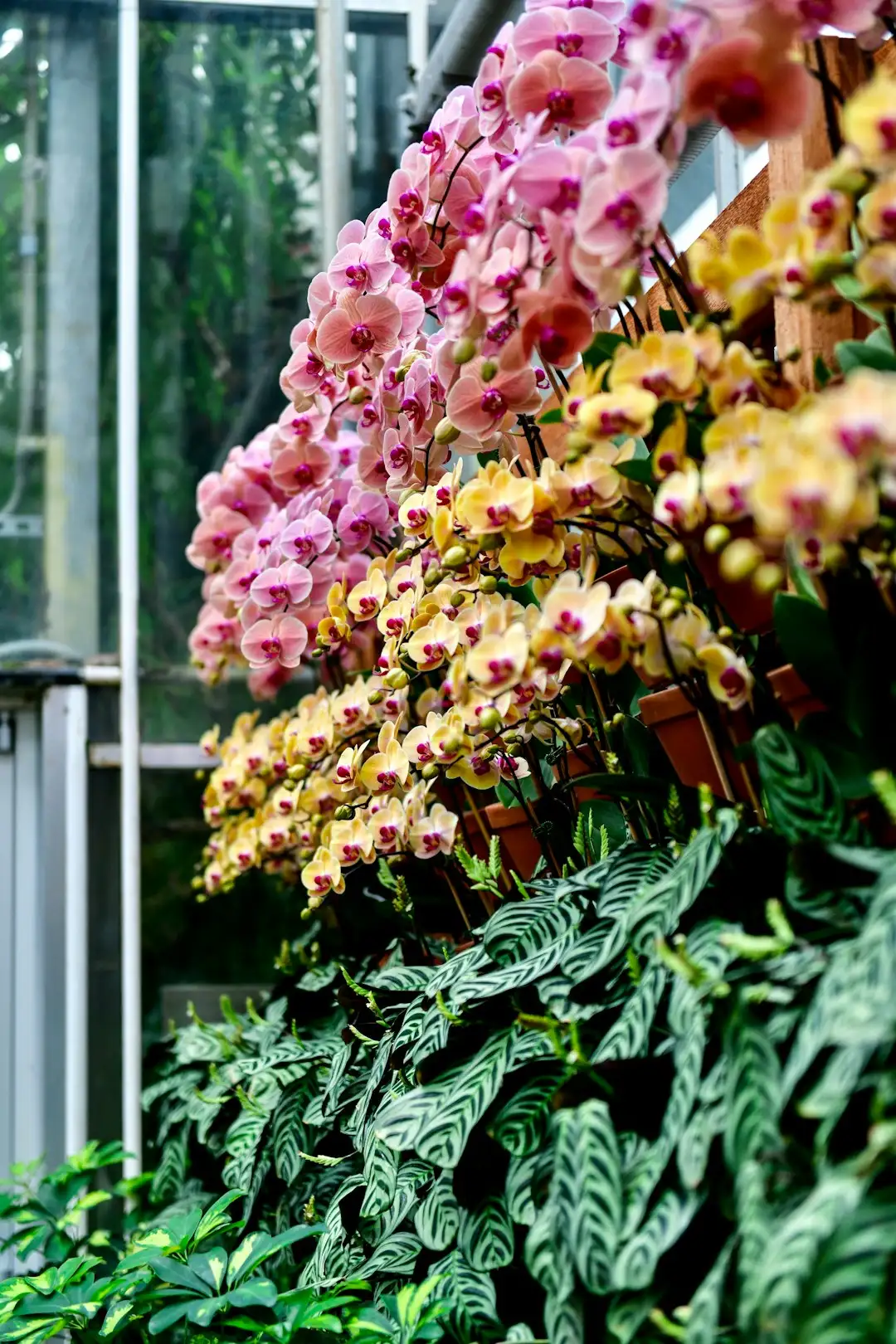In the world of gardening, there are countless plants that capture our attention with their beauty and unique characteristics. One such plant is the lavender cotton, a remarkable perennial that stands out for its attractive silver foliage. This plant has found its place in various types of gardens, adding a touch of elegance and charm.
Lavender cotton, scientifically known as Santolina chamaecyparissus, is a member of the Asteraceae family. Its silver - gray leaves are its most distinctive feature. The foliage is finely divided, giving it a soft, feathery appearance. The color of the leaves is not only visually appealing but also serves a practical purpose. The silver hue helps the plant reflect sunlight, reducing heat absorption and protecting it from the intense rays of the sun. This makes lavender cotton well - adapted to sunny and dry conditions, making it a great choice for gardens in regions with such climates.
One of the most common places to find lavender cotton is in rock gardens. Rock gardens are designed to mimic natural rocky landscapes, and lavender cotton fits right in. Its low - growing habit and compact form make it an ideal plant to tuck between rocks. The silver foliage provides a beautiful contrast against the rough, dark surfaces of the rocks. As it spreads, it creates a carpet - like effect, filling in the spaces between the stones and adding a sense of unity to the rock garden. The plant's ability to tolerate poor, well - drained soil, which is typical of rock gardens, further enhances its suitability for this type of garden.
Formal knot gardens also benefit greatly from the inclusion of lavender cotton. Knot gardens are characterized by their geometric patterns, often created using low - growing plants. Lavender cotton's dense growth and ability to be pruned into precise shapes make it a perfect candidate for these gardens. Gardeners can use it to create intricate designs, such as spirals, diamonds, or checkerboards. The silver foliage adds a touch of sophistication to the formal setting, making the knot garden even more visually striking. When combined with other plants of different colors and textures, lavender cotton can create a truly stunning display.
As a perennial, lavender cotton offers long - term beauty to the garden. Once established, it comes back year after year, saving gardeners the time and effort of replanting annually. It typically blooms in the summer, producing small, yellow flower heads. While the flowers are not as showy as the foliage, they still add a splash of color to the plant. The flowers also attract pollinators, such as bees and butterflies, which are essential for the health of the garden ecosystem.
When it comes to caring for lavender cotton, it is relatively low - maintenance. It prefers full sun and well - drained soil. Overwatering can be detrimental to the plant, as it is susceptible to root rot. Pruning is also important to maintain its shape and encourage bushier growth. In the spring, it is recommended to trim back any dead or damaged branches. This will not only keep the plant looking tidy but also promote new growth.
In conclusion, lavender cotton is a versatile and beautiful plant that deserves a place in any garden. Whether it's adding a touch of silver to a rock garden or creating intricate patterns in a formal knot garden, this perennial is sure to make a statement. Its unique foliage, combined with its low - maintenance nature and ability to attract pollinators, makes it a valuable addition to the world of gardening.




















